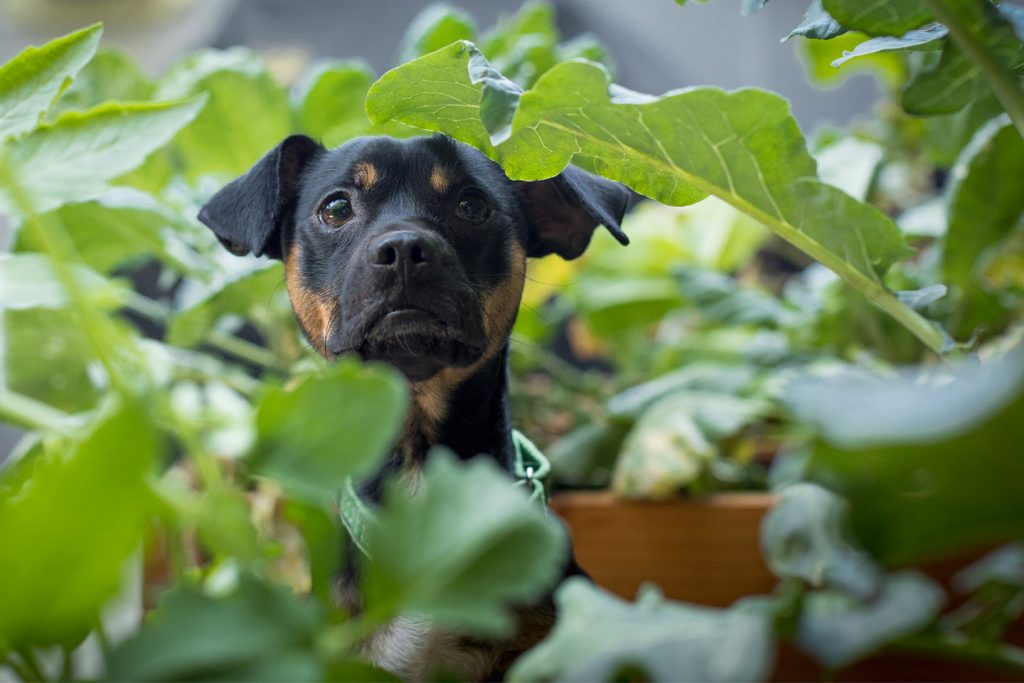Toilets and sanitary sewage treatment provide humans with a workable solution to waste disposal. But there is no effective, broadly-implemented way to tackle the problem of pet waste. At this point, most pet lovers, shelters, kennels, breeders, municipalities, and pick-up services are left to their own devices.
Studies show that roughly 40% of all dog owners do not “stoop and scoop” and the ecosystem doesn’t gracefully embrace dog waste. If left intact, it can take more than a year to break down and can quickly turn any outdoor area into a site unfit for pets and humans.
In addition to the mess and smell, raw dog waste spoils grass and other landscaping. Dropped along trails, it kills native plants and encourages noxious weed infestation. Residual waste left at ground zero runs off into storm sewers and waterways.
Studies indicate that dogs are third or fourth on the list of contributors to bacteria in contaminated waters, increasing the potential for serious diseases, including cholera and dysentery. The EPA estimates that two days worth of dog waste from about 100 dogs can create enough pollution to close a bay and all the watersheds within 20 miles.
In addition to threats to humans, bacteria that feed on dog waste deplete oxygen, killing native aquatic life. The bacteria also feed algae blooms which block sunlight and suffocate fish. On fragile terrain such as hiking trails, dog waste contributes to the growth of invasive weeds that endanger native plants.



